Maat Bates “The black woman who’s achievement-oriented, kind of no-nonsense, overworked, exhausted, not particularly kind or compassionate, but very driven […] tart-tongued, neck-rolling, loudmouthed sister […] The angry black woman is so ingrained in society that the tag gets slapped on any African American woman in a position of power.” —Gail Wyatt Gail E. Wyatt, a clinical psychologist and professor in the Department of Psychiatry and Biobehavioral Sciences at UCLA, once said this during an interview when explaining what it is like to be a black women. The Amos and ‘n’ Andy show popularized the angry black woman stereotype in the 1930s. As a result of this show, which was written by two white males, the angry black woman is referred to as the Sapphire. The character Sapphire on the show portrays black women as shrewish wives who humiliate their husbands at any cost. Since the first portrayal of the sapphire caricature, there have been numerous roles where black women must abide by that one note personality. The angry black woman character in the 1930s has translated to a stereotype that every modern black woman has to face. Negative media representation of a marginalized group leads to stereotype threat. Stereotype threat, a term that researchers Claude Steel and Joshua Aronson coined, is the risk of confirming negative stereotypes about an individual’s racial, ethnic, gender, or cultural group. Studies show that negative racial stereotypes unconsciously influence one’s interactions with the stereotyped group, and media exposure only reinforces this phenomenon. The marginalized groups’ well-being is at risk when subjected to stereotype threat. Stereotype threat is the reason why some view Michelle Obama as angry and militant instead of compassionate and strong. Stereotype threat is the reason why the cover of The New Yorker featuring Michelle Obama with an afro and a machine gun works so well as a satirical piece. The sad reality is that as the first African American first lady she has to question if she is being too angry or too loud, which she talks about when giving a commencement speech at Tuskegee University. Stereotype threat is the reason why twitter users told Amandla Stenberg, the teenage actress who played Rue in The Hunger Games, that she was just angry when expressing to Kylie Jenner that wearing cornrows was an appropriation of black culture. Stereotype threat is the reason why I am scared to write an article like this to my white peers because I don’t want them to think I am too angry and dismiss my message. The angry black woman stereotype silences women when talking about their frustration, when having to face the intersection of two systems of oppression: sexism and racism. The root of this problematic stereotype was negative media representation of black women. The angry black woman narrative has to end because it undermines the black woman’s perspective. It’s time for more roles where black women can have more than that one note personality. ]]>
Categories:
The Angry Black Woman
February 2, 2017
1
0

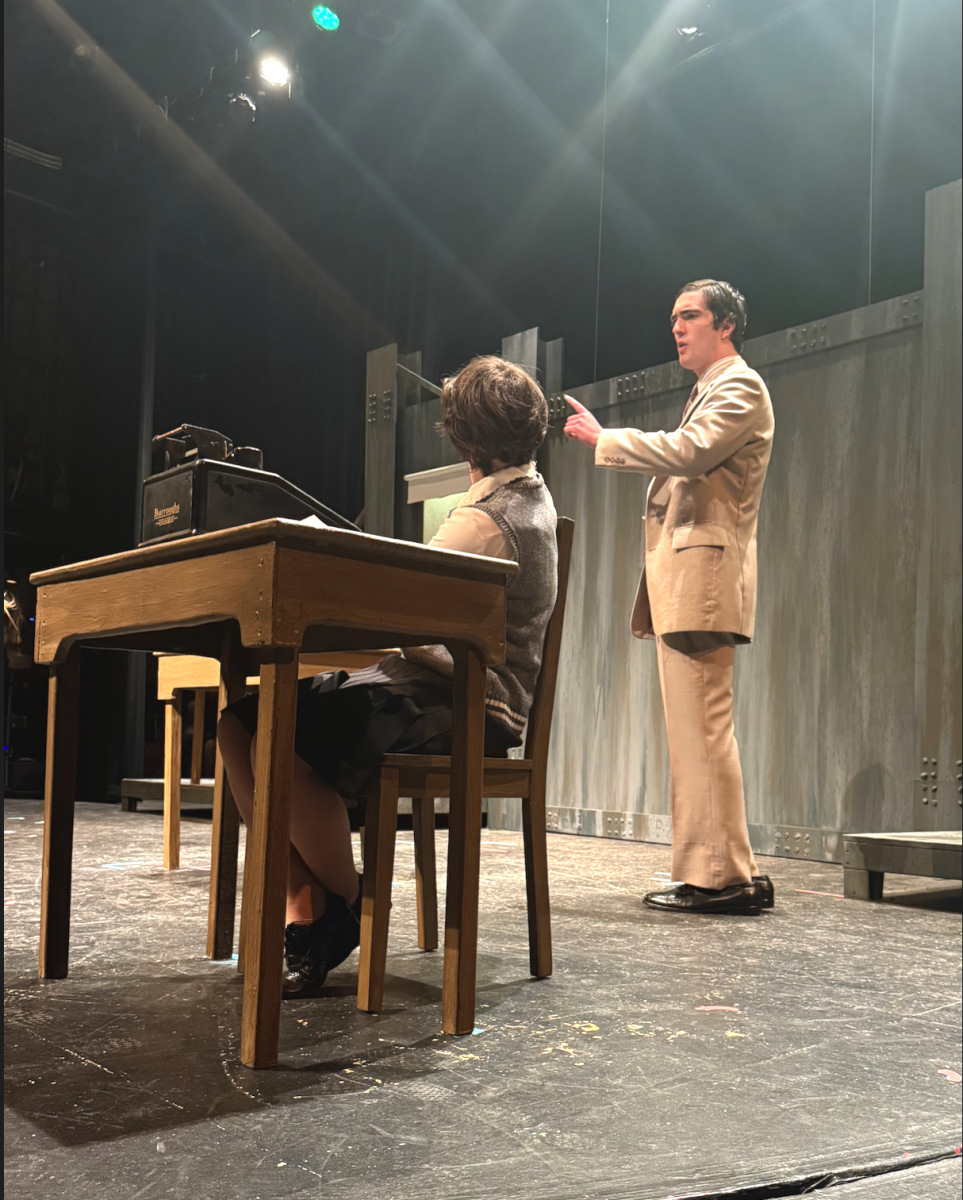
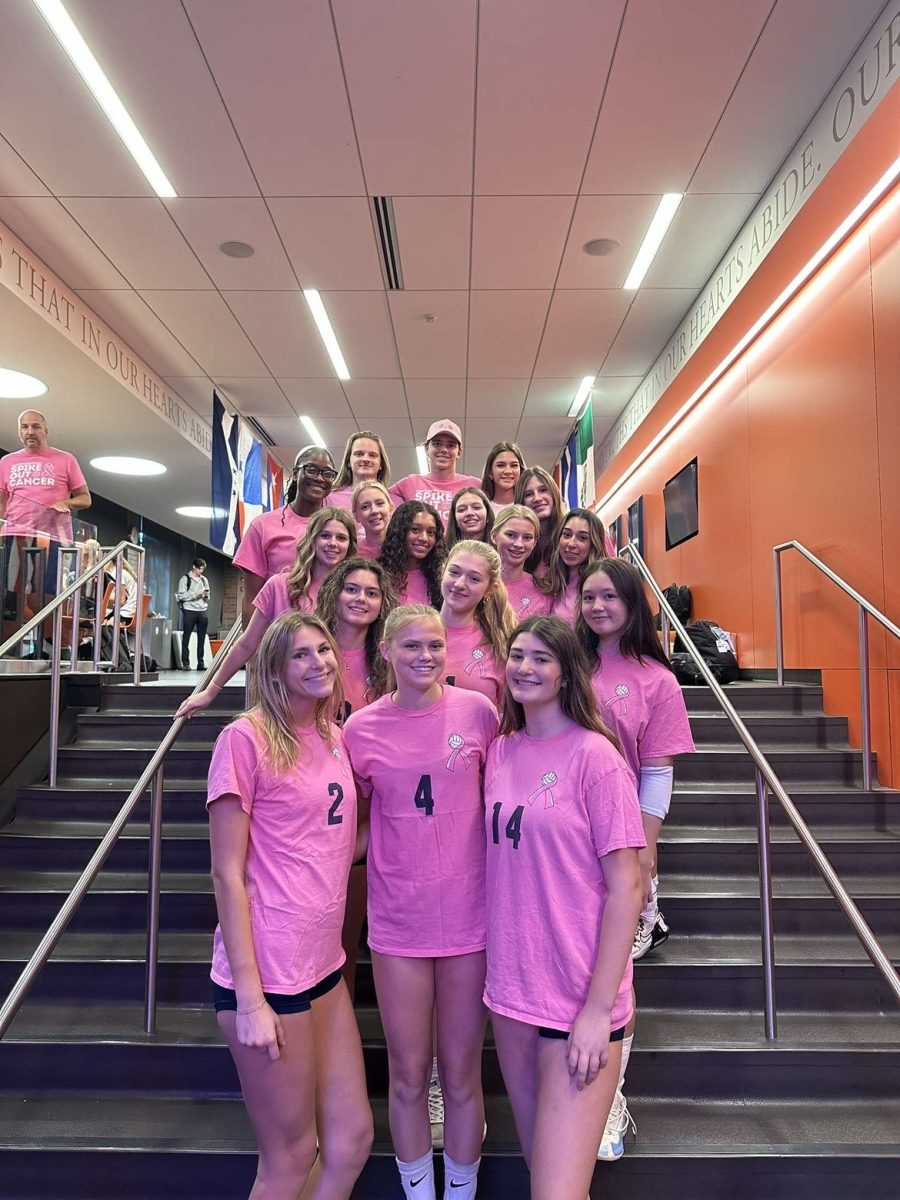


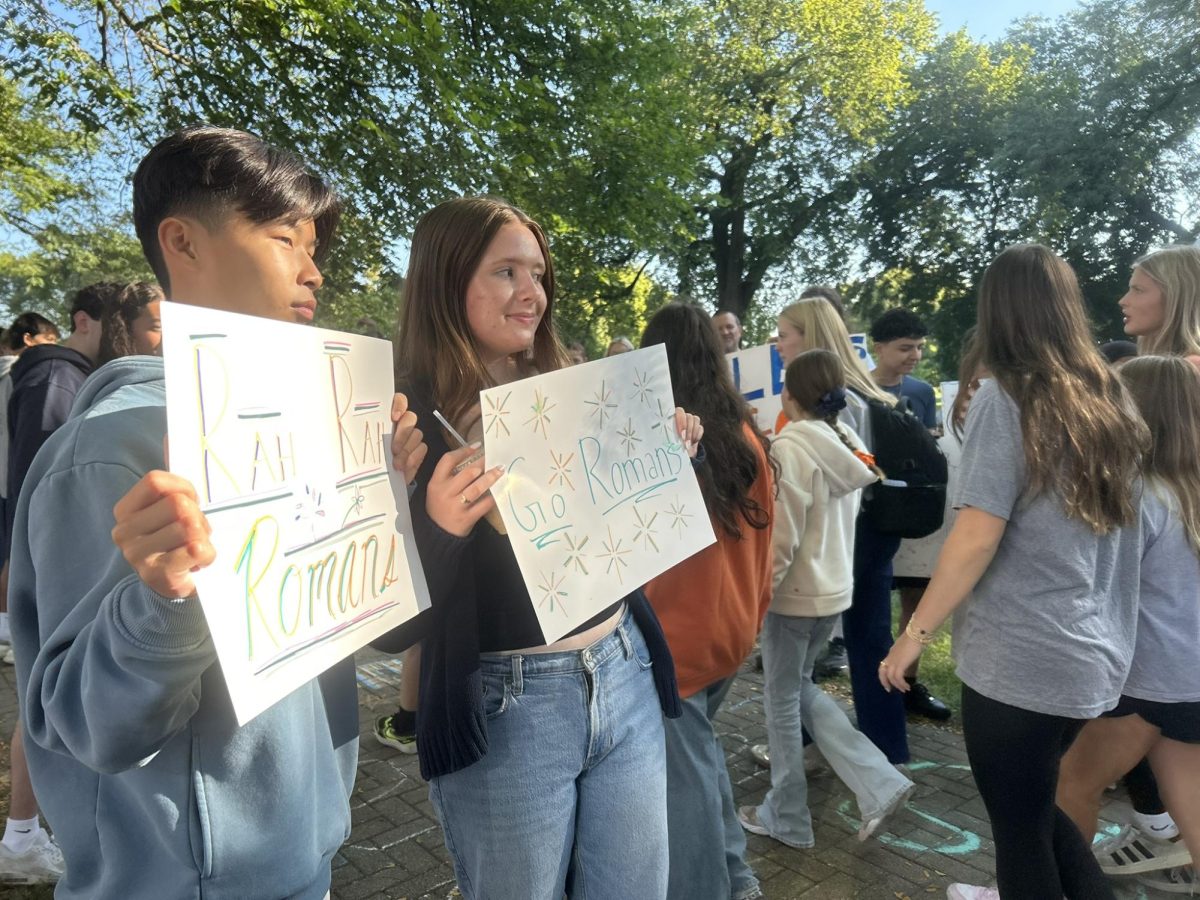


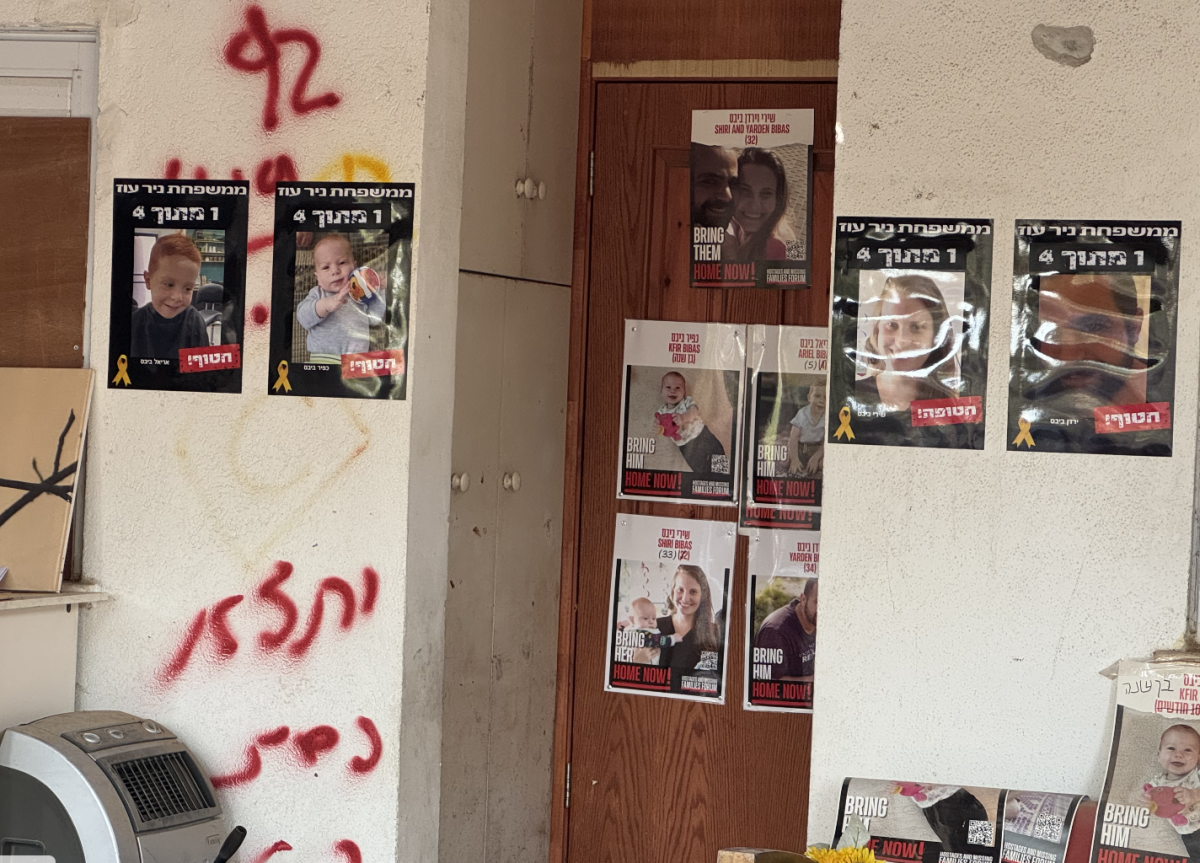



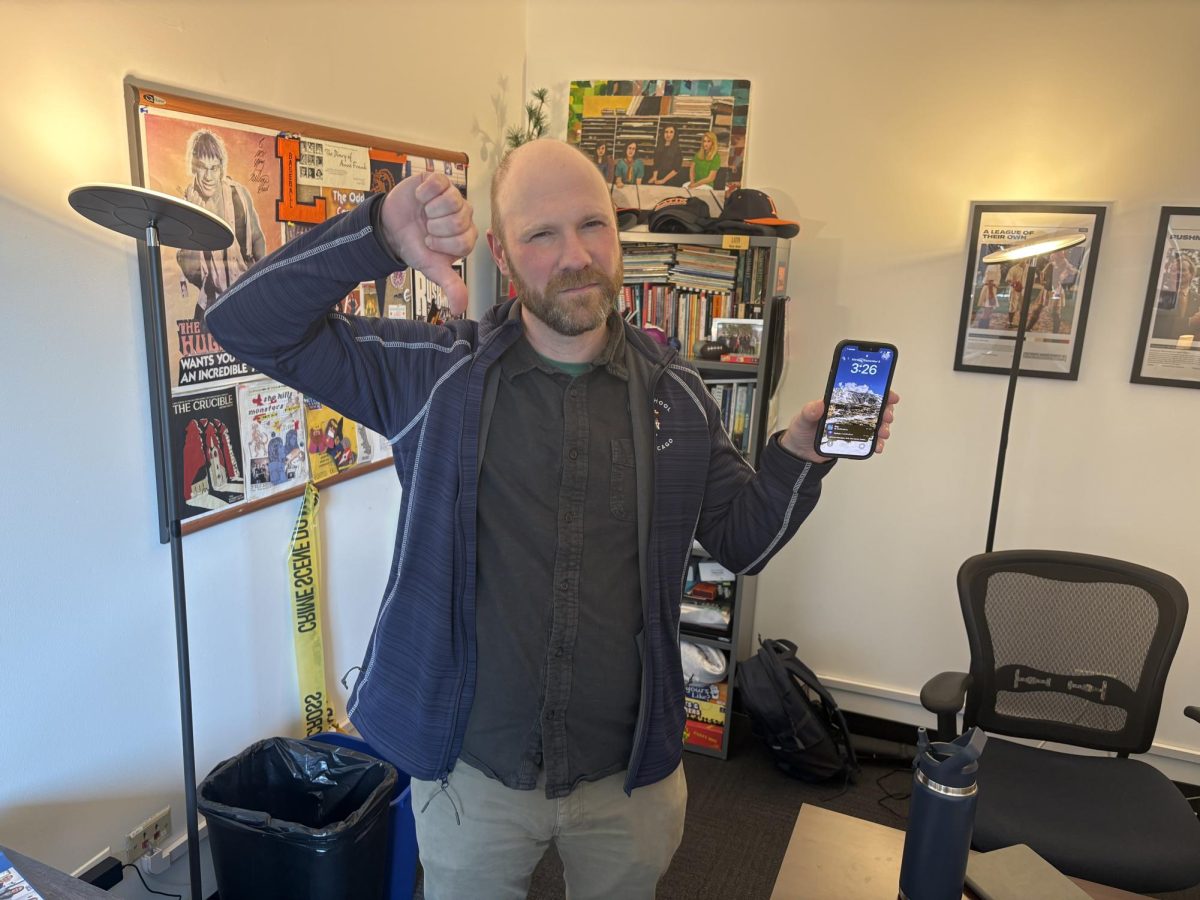


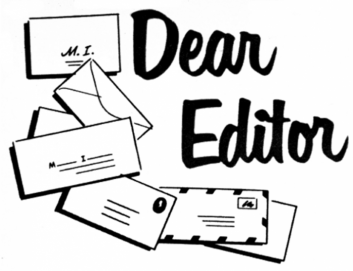

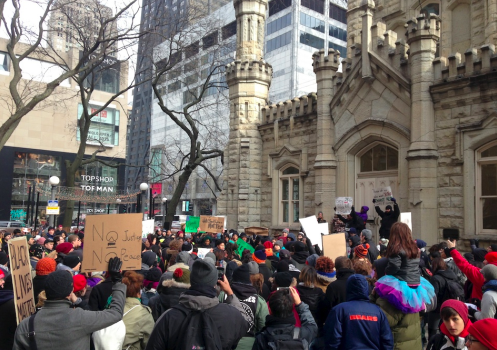
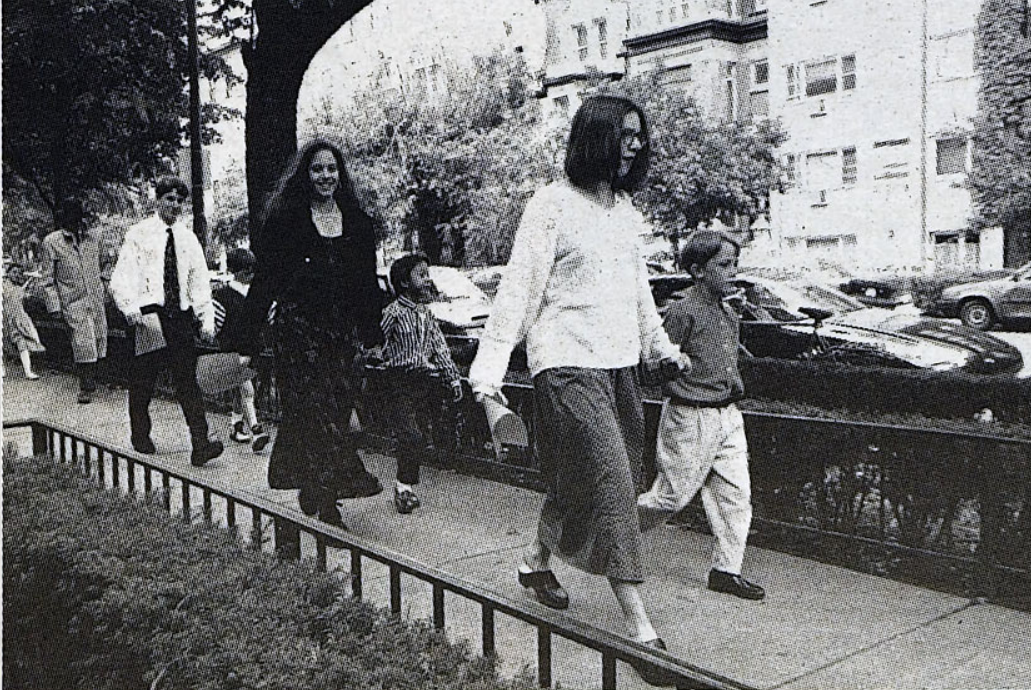



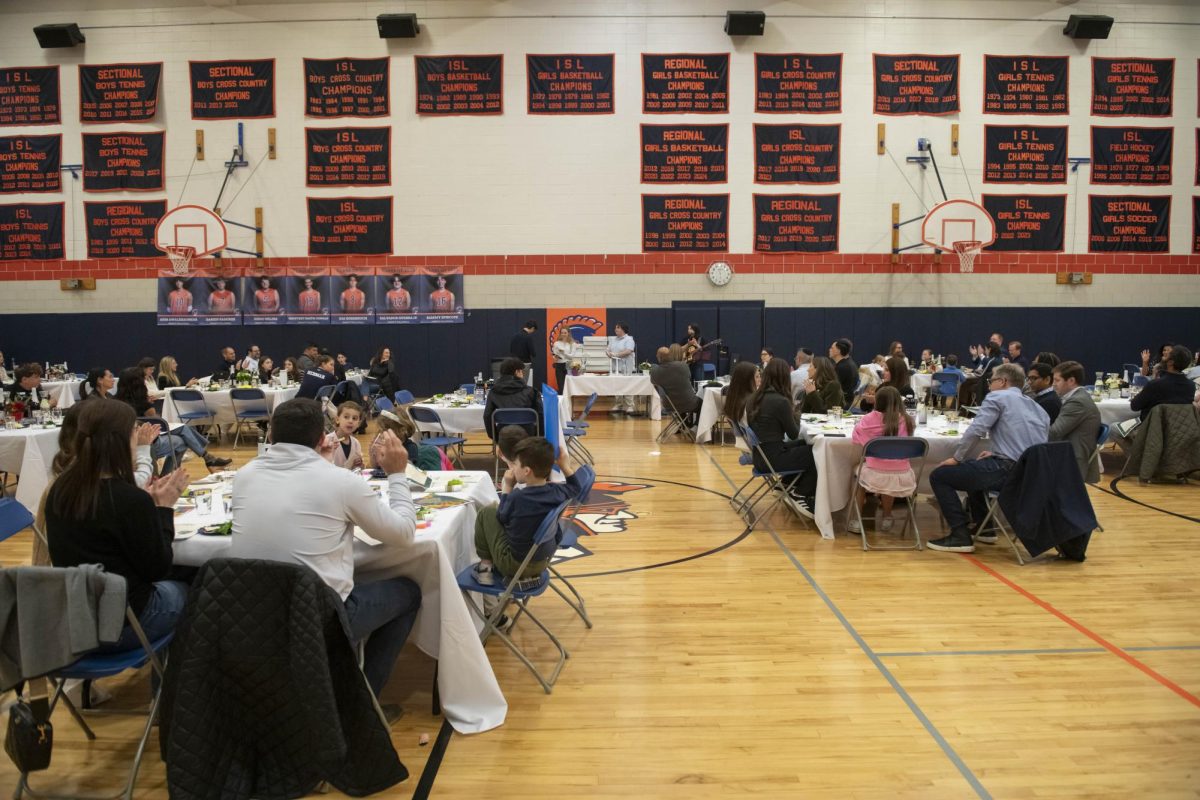






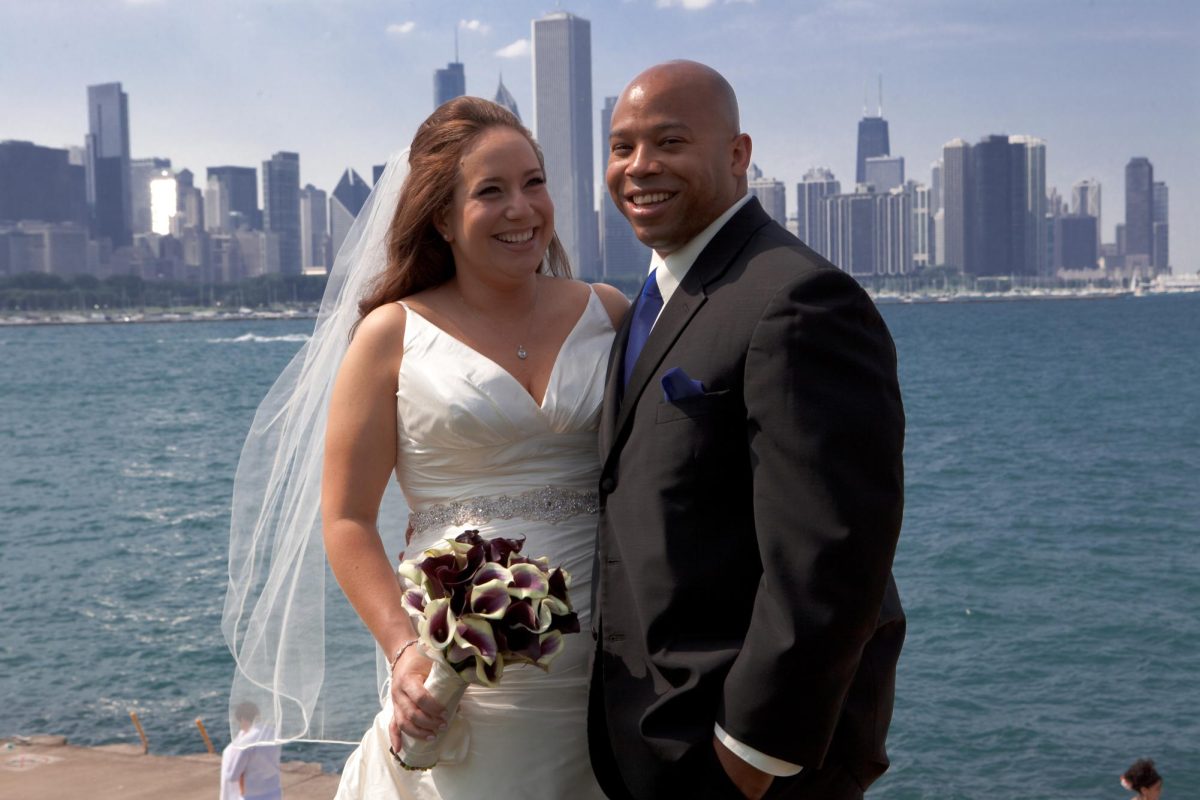
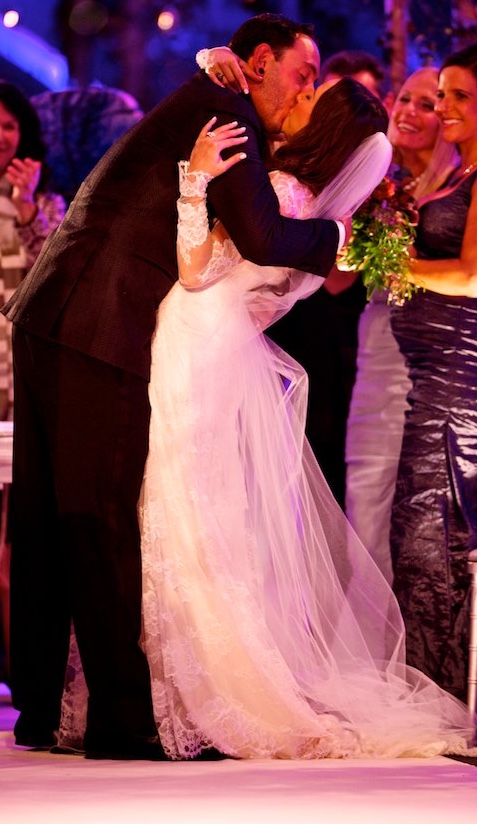






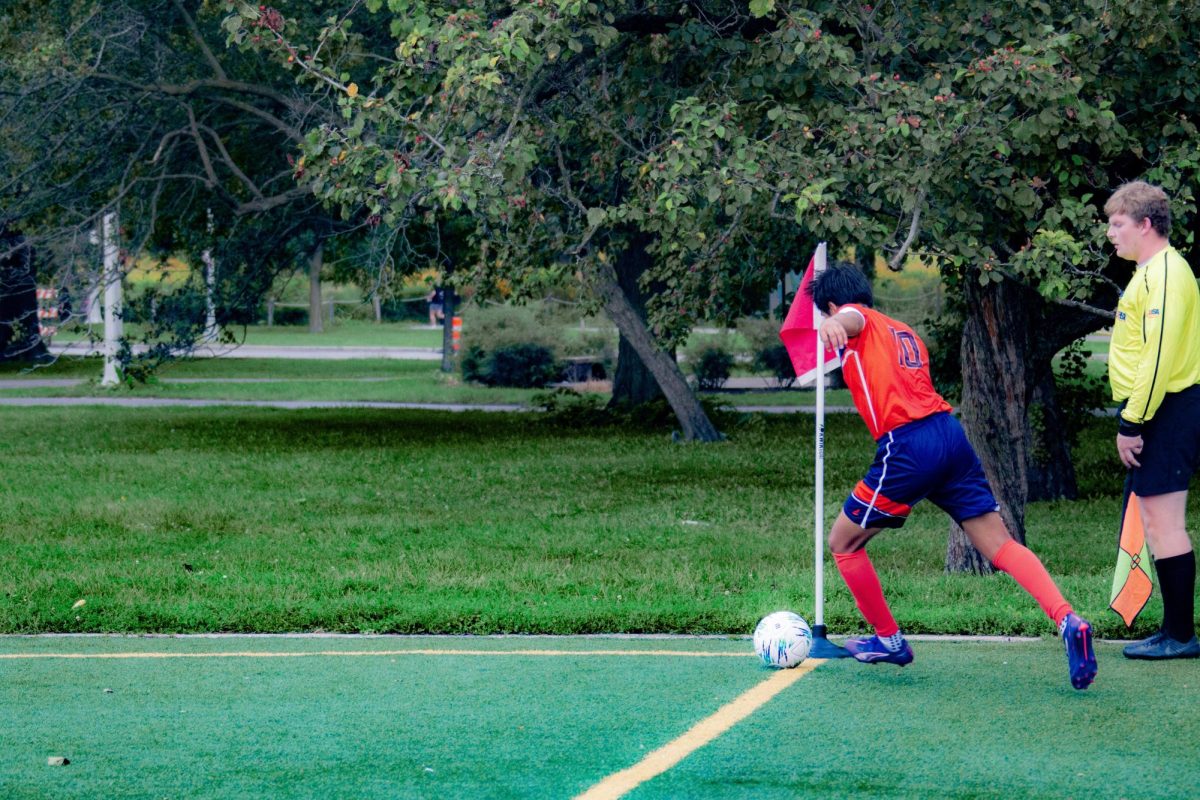







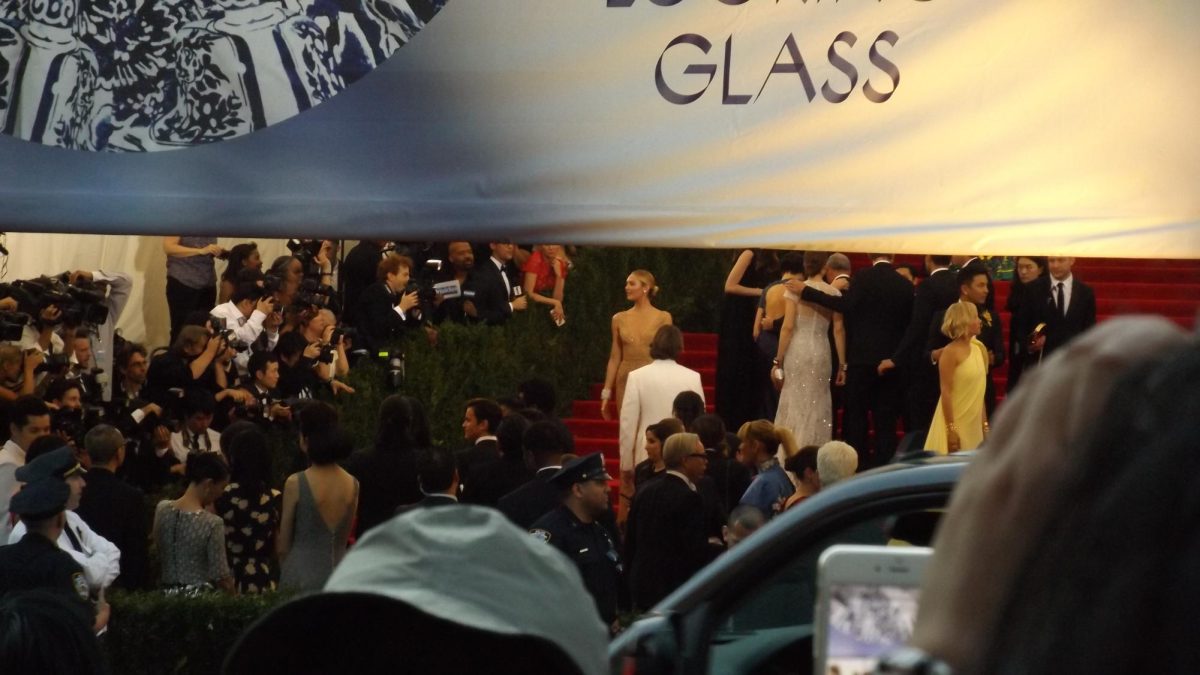


rrandell • Feb 3, 2017 at 12:27 pm
Well said. Love this.